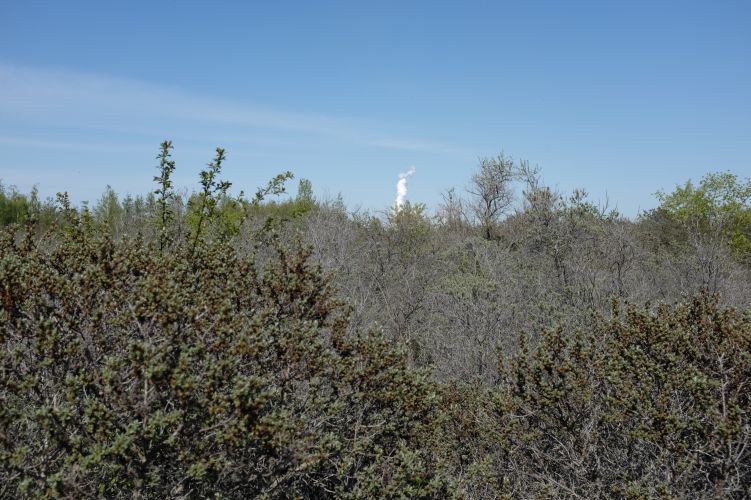
The coalition agreement of Germany’s Federal government set the achievement of the Paris climate protection goals as a top priority and plans to abandon coal by 2030. When open-cast lignite mining is stopped a bleak crater-shaped landscape of devastated zones remain. By law, German mining companies are obliged to restore the land. But how can landscapes be restored? Or put in the words of anthropologists Anna Tsing (2017): How can new lifeworlds emerge in the ruins of a damaged planet? Addressing these questions, my research examines the renaturation of former mining areas in East Germany. In the mining sector, renaturation refers to a process of “restoring areas to a natural state”. How can a landscape resemble nature? And what should this nature entail and look like? Using an ethnographic approach, I examine the diverse pasts, practices, and potential post-fossil futures inscribed in the landscapes. Theoretically set in more-than-human geographies, my research goal is to go beyond the mere visual description of post-mining areas and instead contextualize them through a deep understanding of ecological systems and interactions between different species and actors.
Reference
Tsing, A., Gan, E. Swanson H., Bubandt, N. (2017) “Introduction: Haunted Landscapes of the Anthroposcene” in Arts of Living on a Damaged Planet. University of Minnesota Press.
